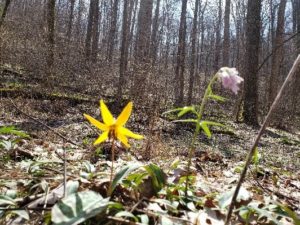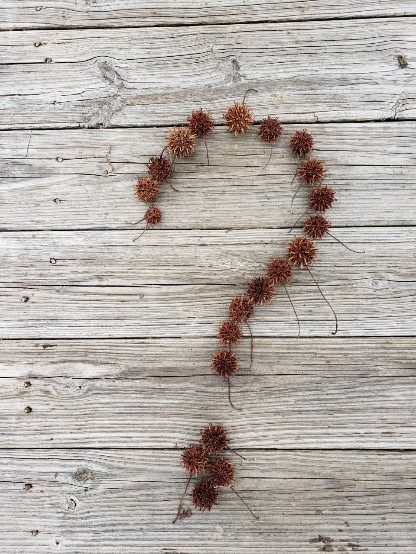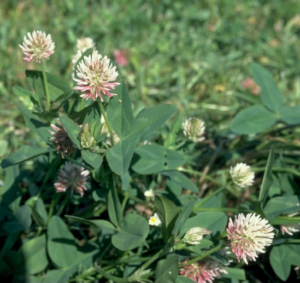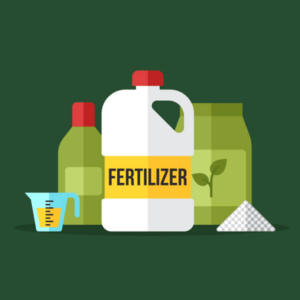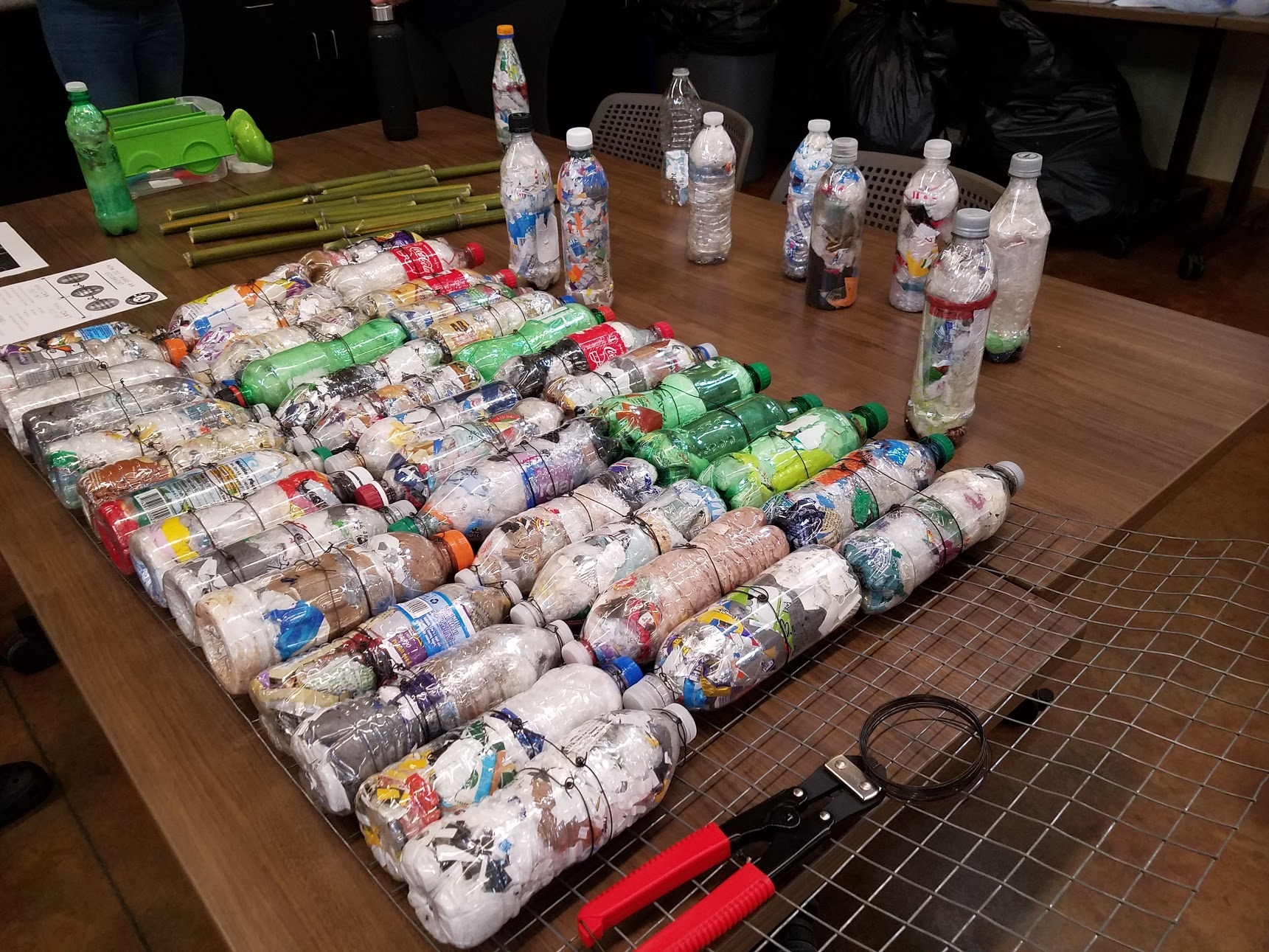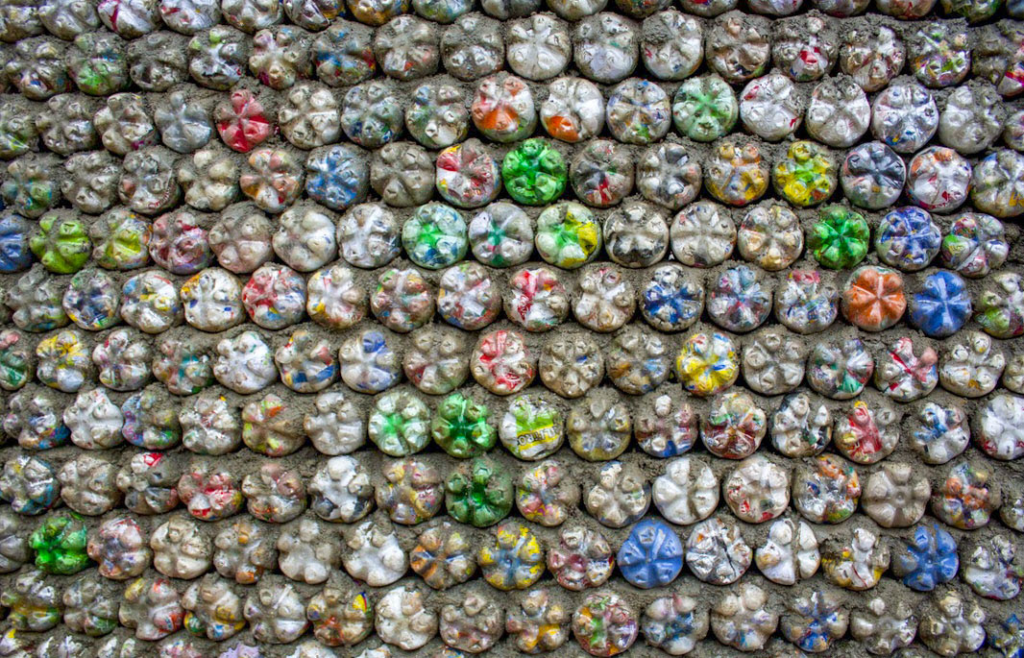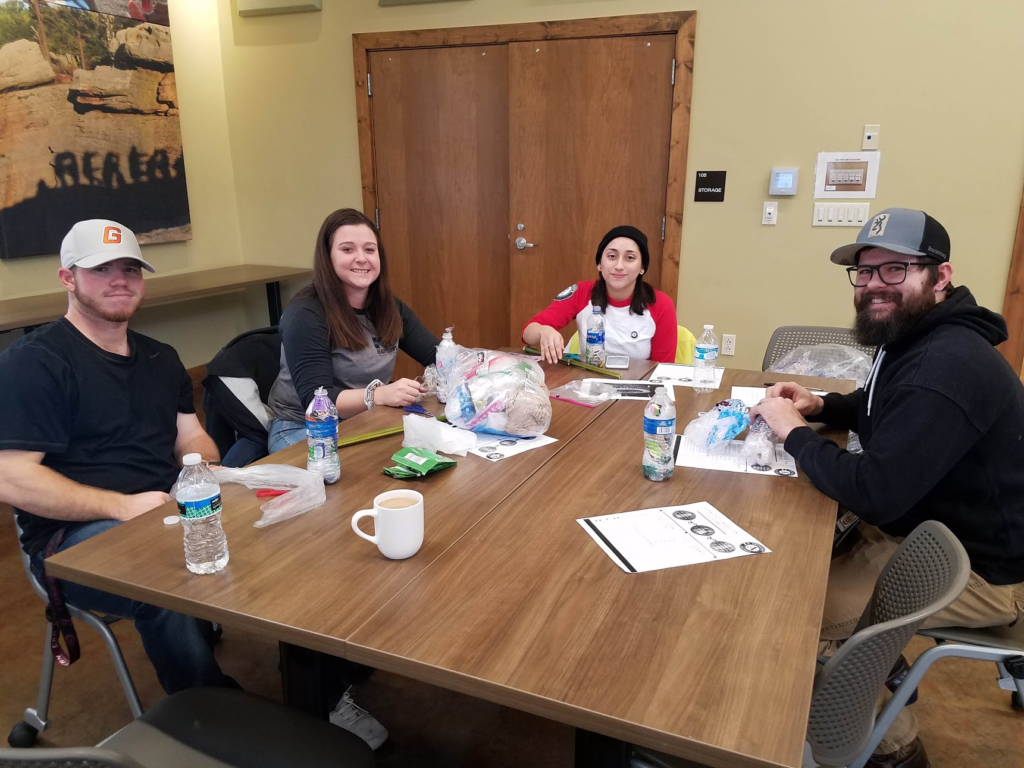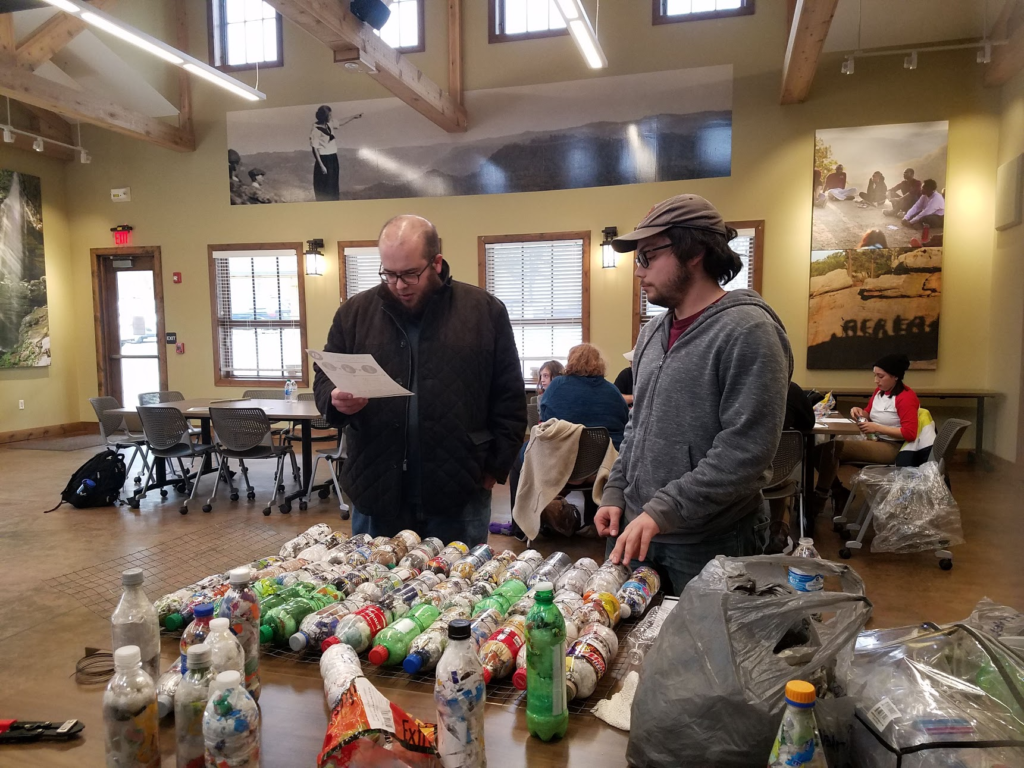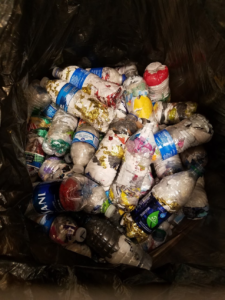Inquiry, Divergent Thinking, and Indigenous Knowing
by Wendy Warren
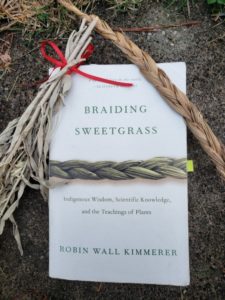 In the formal classrooms of the 21st Century, children rarely have the opportunity to explore the natural world, and they rarely have the opportunity to let their curiosity guide their explorations. This time when we are all asked to be healthy at home seems a perfect opportunity to rekindle the spark of curiosity and a sense of wonder about the world. I see adults posting on social media things they have never before noticed about the world around them, but in this time of slowing down, they have once again begun to notice.
In the formal classrooms of the 21st Century, children rarely have the opportunity to explore the natural world, and they rarely have the opportunity to let their curiosity guide their explorations. This time when we are all asked to be healthy at home seems a perfect opportunity to rekindle the spark of curiosity and a sense of wonder about the world. I see adults posting on social media things they have never before noticed about the world around them, but in this time of slowing down, they have once again begun to notice.
Read more “Inquiry, Divergent Thinking, and Indigenous Knowing”

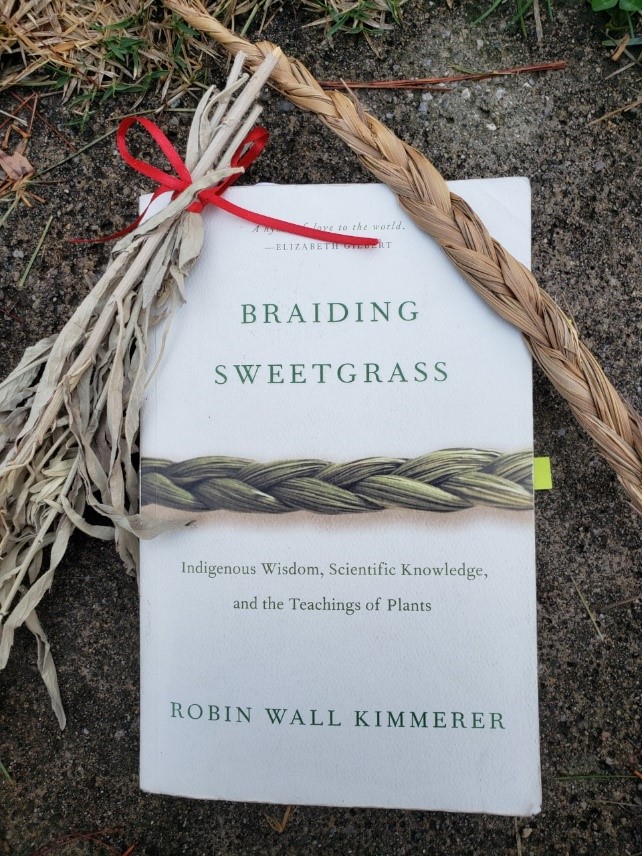

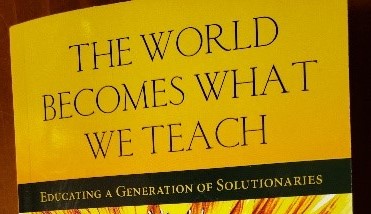
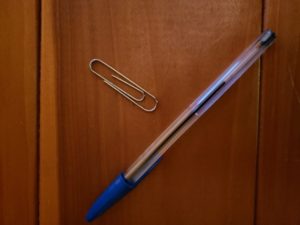 Perhaps you pick up an ink pen. Each of you take a turn sharing whatever you can imagine that object could be used for. You can imagine it far larger than it actually is, or far smaller, or just the same size. For example, pens have long been used as paper shooters—but what about as straws? Or maybe it could be a bridge for ants. Or a baton for someone leading a parade. Or if it was much larger, perhaps it could be a water pipe. You get the idea…Keep going until you absolutely run out of ideas and then pick another simple object, say…a paper clip, then start again.
Perhaps you pick up an ink pen. Each of you take a turn sharing whatever you can imagine that object could be used for. You can imagine it far larger than it actually is, or far smaller, or just the same size. For example, pens have long been used as paper shooters—but what about as straws? Or maybe it could be a bridge for ants. Or a baton for someone leading a parade. Or if it was much larger, perhaps it could be a water pipe. You get the idea…Keep going until you absolutely run out of ideas and then pick another simple object, say…a paper clip, then start again.
